Title: Rest My Chemistry
Artist: Interpol
Creative Directors: Blip Boutique
Production Company: Blip Boutique
Visual Programmer: Aaron Koblin
Dynamics Programmer: Aaron Meyers
After Effects & Editor: Roger Scott for Light Assembly
Executive Producer: Justin Glorieux
A Q&A on the Rest My Chemistry blip from Blip Boutique
How were you approached about this project:
Capitol wanted to do something for this song that was not specifically intended for broadcast, but that was more of an art piece that would live and grow primarily online. We had done some blips for the band previously so they came to us to see what ideas we had for the project. We wanted to use a new technology using data mapping to create an abstract video.
Tell me about the inspiration behind the project/what type of story did you want to tell?
The story we wanted to tell came from the idea of body chemistry, as the song addresses sort of what one does to ones body and stepping away from that for a spell. So since we knew we wanted to do something with mapping data, we started thinking about body systems, and how we could expound on the idea of systems from the smallest to the largest scales. Therefore we decided to have the imagery reflect systems of particles within cells to cellular growth and multiplication to overall body systems, to city grids, to global mapping to solar systems, and back down again.
How did you bring this inspiration to life?
We worked with a visual artist, Aaron Koblin who we originally found through his data mapping project that used FAA data of flights in air to create these beautiful patterns of light. We asked him a lot of questions about how he generated the visuals he created, and started talking about what we wanted the visuals for this video to look like and how the very loose narrative structure should work. Then we started speaking about how to acheive this through supplying data, and references to what the final piece should look like. So there was a foundation of raw material to work from, and he created these incredible programs to translate data and actually draw over space and time in a style that we all liked. At this point the animation/after effects artist Roger Scott took over to give timing and structure to the piece.
Tell me about the software or tools you used:
Everything was created from scratch by Aaron, who programmed the mapping himself. Then Roger used After Effects to create the final sequences. It was a highly original authoring process, and a very complex one.
Any creative challenges?
It was definitely a challenge of communication. What we as directors saw happening in a visual sense was often much more complicated to create than one would assume. As the images were being created, it was not an easy share process as it was very time consuming to develop the imagery in the complex programming framework Aaron crafted, and to render it out so we could actually see what we were discussing. Therefore, for quite a long part of the development, all we would have to work with were words. Also because the programming was so complex, once it was rendered tweaks were not easy to implement as the basic programming that created it would be very hard to change. As a result, Roger was instrumental in translating our creative vision with Aaron's images. So we all talked a lot.
Did you get any feedback from Interpol?
They were incredibly generous with supporting a fairly open ended treatment, which again had no visual reference, simply a basic description of the process really. And throughout the creation process they encountered the same problems we did in trying to visualize what was an ever unfolding verbalized and still very abstract description. As something was made from nothing it was all interpretive and I think the individual interpretation of the visual was inevitably different for each of us. In the end however, the collective opinion got behind what the visual ultimately became and for all that they couldn't actually see throughout the process, we think the band, their management and the label deserve credit for having the vision to carry out a truly unique creation that really had never been done for music in quite this way before.
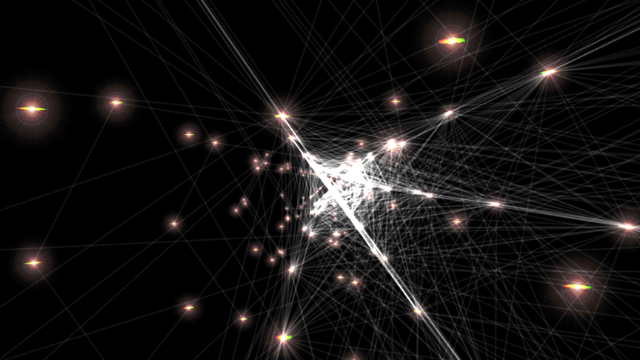
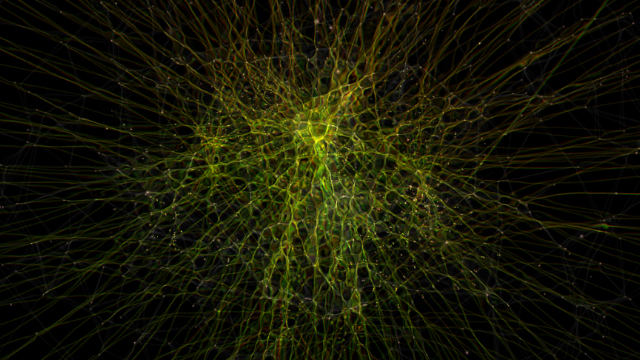
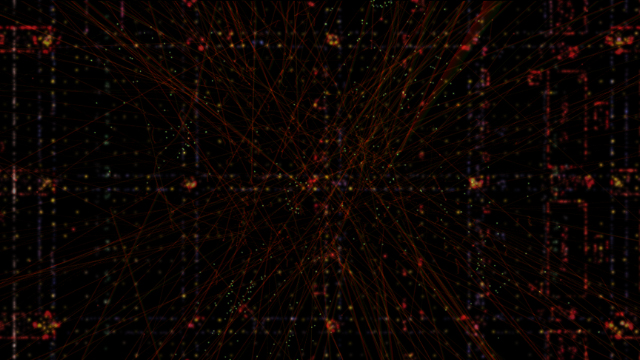
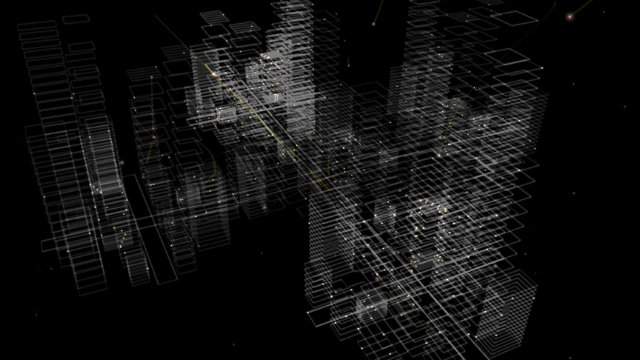
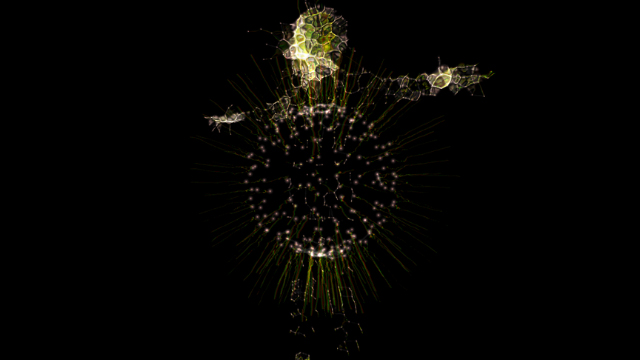
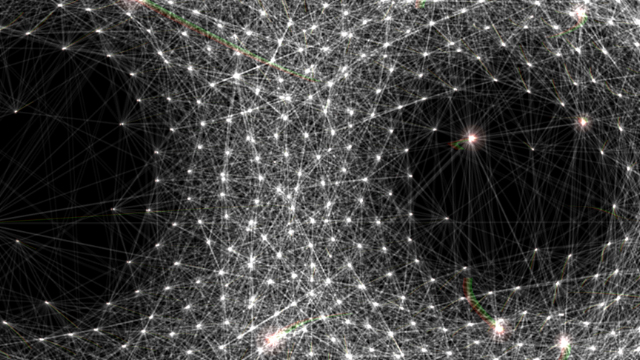
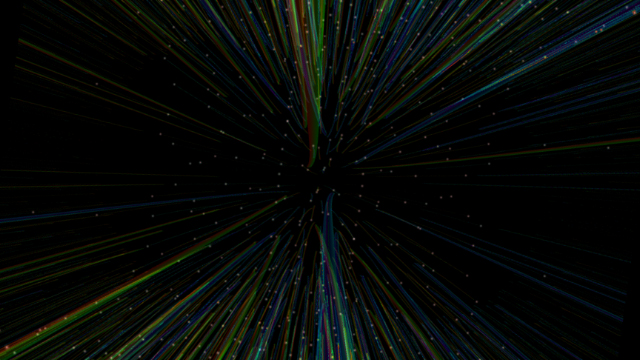
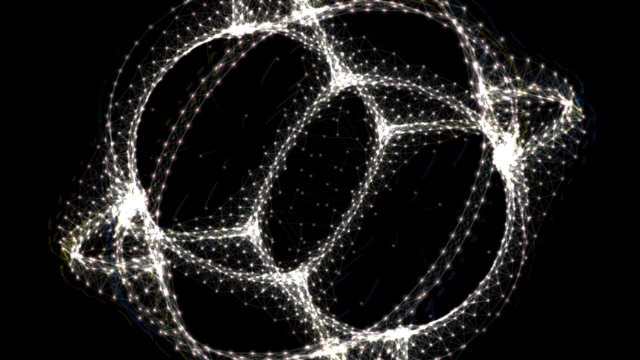
.gif)








